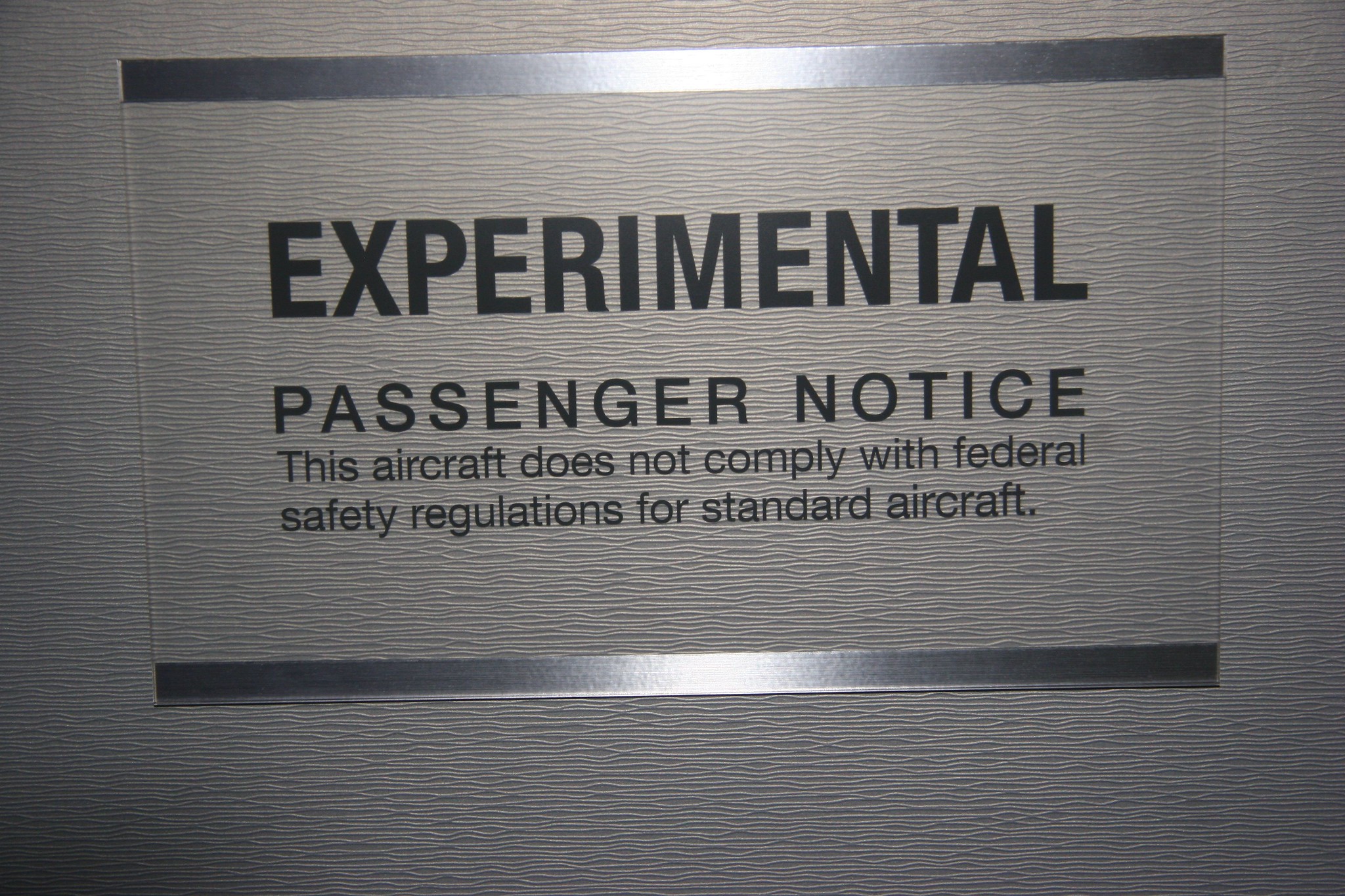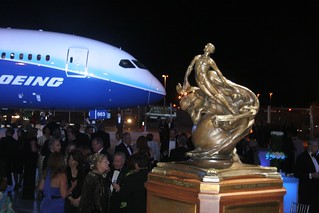denverpilot
Tied Down
So the other thread is going about required placards and how to figure out which ones your airplane needs, and the laws that create all of that...
This thread is about: Name a time when flying when a required placard saved your butt.
No, seriously. What did you miss in the manual or otherwise that you looked, saw a placard, and it reminded you about something that would have harmed you.
ASI color markings, don’t count. Too obvious. Probably for the same reason, flap speeds marked next to the flap control don’t, but maybe that one is allowable.
Neither does not getting in someone’s Experimental aircraft.
(Especially that sketchy Experimental Grumman that @SixPapaCharlie flies!)
This thread is about: Name a time when flying when a required placard saved your butt.
No, seriously. What did you miss in the manual or otherwise that you looked, saw a placard, and it reminded you about something that would have harmed you.
ASI color markings, don’t count. Too obvious. Probably for the same reason, flap speeds marked next to the flap control don’t, but maybe that one is allowable.
Neither does not getting in someone’s Experimental aircraft.
(Especially that sketchy Experimental Grumman that @SixPapaCharlie flies!)



